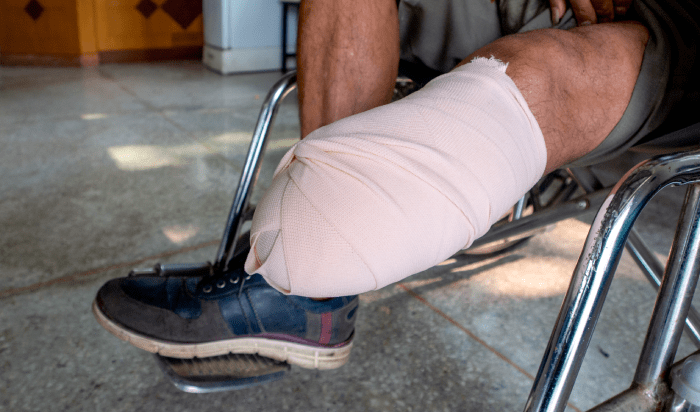Broken bones are common injuries in motor vehicle collisions. It makes sense that heavy, fast-moving machinery could break human bones. Most broken bones require minimal to moderate medical intervention. Setting a fracture and putting the extremity in a cast is a common treatment, although more severe breaks like compound fractures or spiral fracture require surgery or even reinforcement of the damaged bone.
Full recovery is common with most fractures related to car crashes. There are, sadly, some people for whom a broken bone is a stepping stone toward a much more debilitating medical condition. Broken bones can serve as the impetus for the development of a nervous system condition that could result in permanent disability.
Broken bones should feel better over time, not worse
When you break a bone, your body almost immediately starts taking steps to heal the injury. Aided by modern medicine, you could have full use of the fractured body part within several weeks or a few months. As the bone heals, people typically feel decreased pain in the affected area.
For a tiny portion of people, the opposite is true. While all signs point to the bone healing, the individual experiences increasing sensitivity, pain and discomfort in the affected area. These unpleasant sensations could be the result of nerve damage leading to a very serious medical condition known as Complex Regional Pain Syndrome (CRPS).
CRPS has no cure and often gets worse over time
Medical professionals still struggle to understand what exactly causes CRPS. Many times, it develops in response to a traumatic injury like a broken bone. However, surgeries can also cause the development of CRPS. Some people even report spontaneous development of this debilitating condition, which means there is no specific incident or injury that led to the disorder.
CRPS relates to the improper function of nerves, often in an area of the body that has had a traumatic injury. People report deep, burning and tingling pain in the area. Other signs of CRPS can include discoloration of the skin, hair or nails near the injury site, a difference in temperature when compared with the same body part on the other side of the body and an unexplainable loss of strength and range of motion.
CRPS can go away, but for many people it is progressive, producing worse symptoms or even expanding to other parts of the body over time. Those who develop CRPS as the result of a fracture from a car crash likely need to review all their options for compensation, as this condition could affect their quality of life and earning potential indefinitely.




